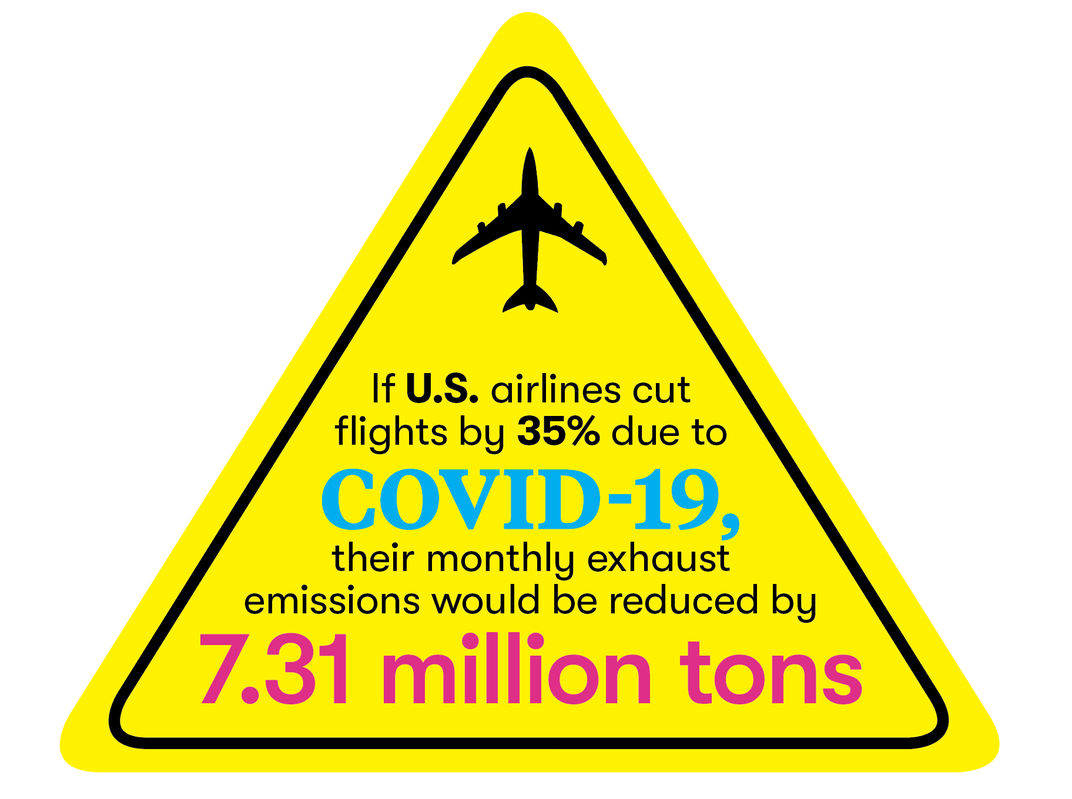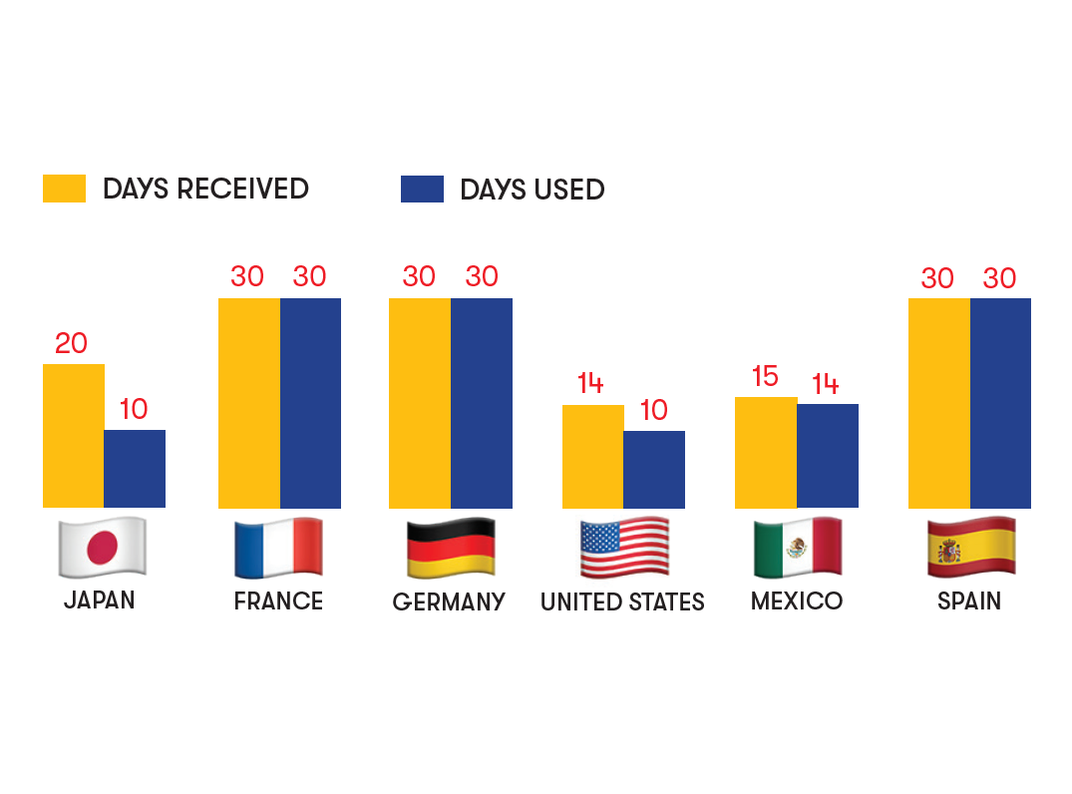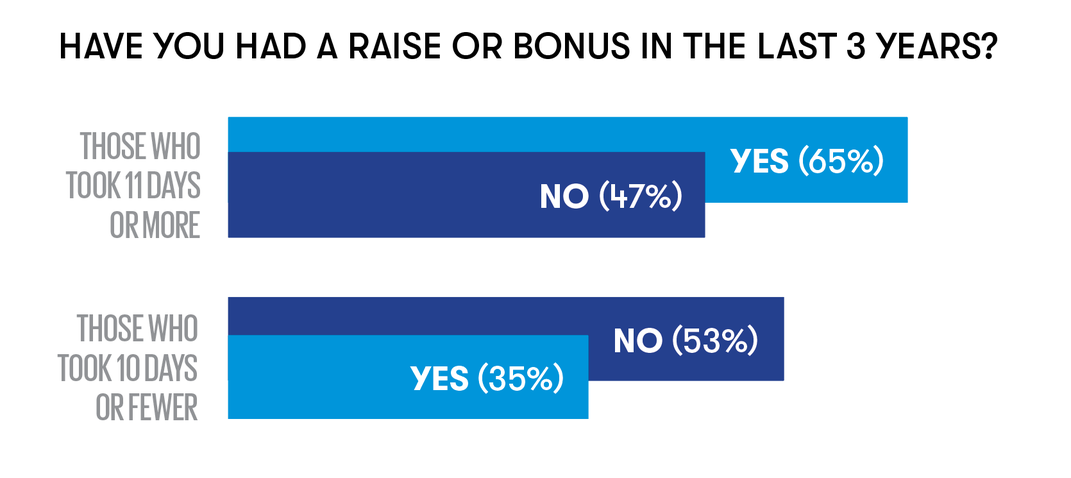What American Travel Looked Like Before COVID-19
Despite historic setbacks similar to today’s, Americans have become more dedicated travelers
:focal(1728x1459:1729x1460)/https://tf-cmsv2-smithsonianmag-media.s3.amazonaws.com/filer/02/6e/026e6b47-8fbe-456f-a5b9-bbde192f871b/gettyimages-1142443577.jpg)
Americans as well as others around the globe are facing peacetime travel restrictions unprecedented in the modern era because of the coronavirus pandemic. We’re left to contemplate the many impacts of this unusual self-isolation, and not just in personal terms of canceled vacations or postponed weddings or even, more broadly, the terrible economic hardships borne by people working in hospitality industries. From Lewis and Clark to the beatniks, Americans have long dared to get up and go—for the thrill of it, of course, but also because it helps enlarge our perspective. As Mark Twain once wrote, “Travel is fatal to prejudice, bigotry, and narrow-mindedness.”



***********
Click on the circles below to see how American air travel has changed over the years.
Planning Your Next Trip?
Explore great travel deals
Smithsonian magazine participates in affiliate link advertising programs. If you purchase an item through these links, we receive a commission.